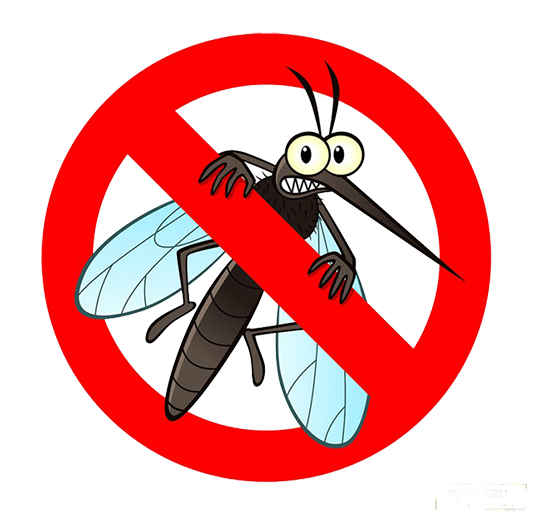Yellow Fever and Malaria have been a hardship in many communities around the world in varying environments for quite some time. We’ll cover what distinguishes these two illnesses as well as treatments, symptoms and some brief history to better understand why mosquito borne illnesses can be difficult to treat across the globe.
Yellow Fever
On the upside, there is a vaccination for Yellow Fever, but on the downside there is no treatment. It’s believed that those infected and have recovered may be protected from further infection in the future. Depending upon where you travel internationally, you may need proof of the vaccination especially in subtropical areas of Africa and South America where the illness is most prevalent.
Symptoms include fever, nausea, back pain, fatigue and vomiting. Usually, symptoms subside after a few days although in some cases weakness/fatigue may linger for a few days or weeks.
Ever since one of the primary outbreaks in 1855 in the US /continental US, we’ve seen countries throughout the world struggle with Yellow Fever. In some countries such as Africa, Yellow Fever is an epidemic. Thankfully, the WHO and CDC have been implementing programs and education to support countries in need of assistance as well as have made vaccinations routine, particularly in infants.
Malaria
For Malaria, there are no vaccines but antimalarials can be taken as treatment both orally and intravenous. Unlike Yellow Fever which is a virus, Malaria can be complex due to the fact that it’s caused primarily by parasite that spreads through the blood. If one has been infected with Malaria, it can lie dormant and cause relapses via parasites in the liver. Meaning that infection and recovery don’t lead to potential immunity like Yellow Fever.
The symptoms of severe cases are neurologic issues, acute kidney failure, hypoglycemia and in extreme cases respiratory issues and hemoglobinuria (red blood cell damage). Mild symptoms are similar to Yellow Fever with chills, sweats and malaise.
Malaria cases are highest south of the Sahara in Africa and, like mosquitoes in general, are difficult to prevent, especially in poorer countries.
You may wonder why the world hasn’t been able to tackle mosquito borne illness, especially now that over half the world is at risk. In short, it takes time, money, resources, and a thorough understanding of each illness. It takes an estimated $160-500 million to produce a vaccine, which is a feat in and of itself. The most difficult aspect is arguably gathering research and knowledge, which can take years of developing and tweaking a vaccine to not only be effective, but to have a strong response with few side effects.
Some simple methods of prevention against these are to look for updates when traveling, wear full coverage clothing, get vaccines if applicable, bring netting in dense mosquito areas and take a look here at our Mosquito Magnet blog to avoid certain things that make you more susceptible to mosquito bites!



Recent Comments